Space art is cool. Everyone knows that! Images of deep-sky objects, starry night skies, spacewalking astronauts and photographs of Earth set against the inky blackness of the cosmos make for some of the coolest posters and pictures to adorn bedroom or living room walls.
We've picked some amazing space posters and space art that would look stunning framed and mounted proudly in any home, plus links on where to buy those images from online retailers.
If space and astronomy are your thing, you might also like to check out our buyers' guides on the best space and astronomy gifts and space toys and gifts for kids.
8 space and astronomy posters
Whirlpool Galaxy
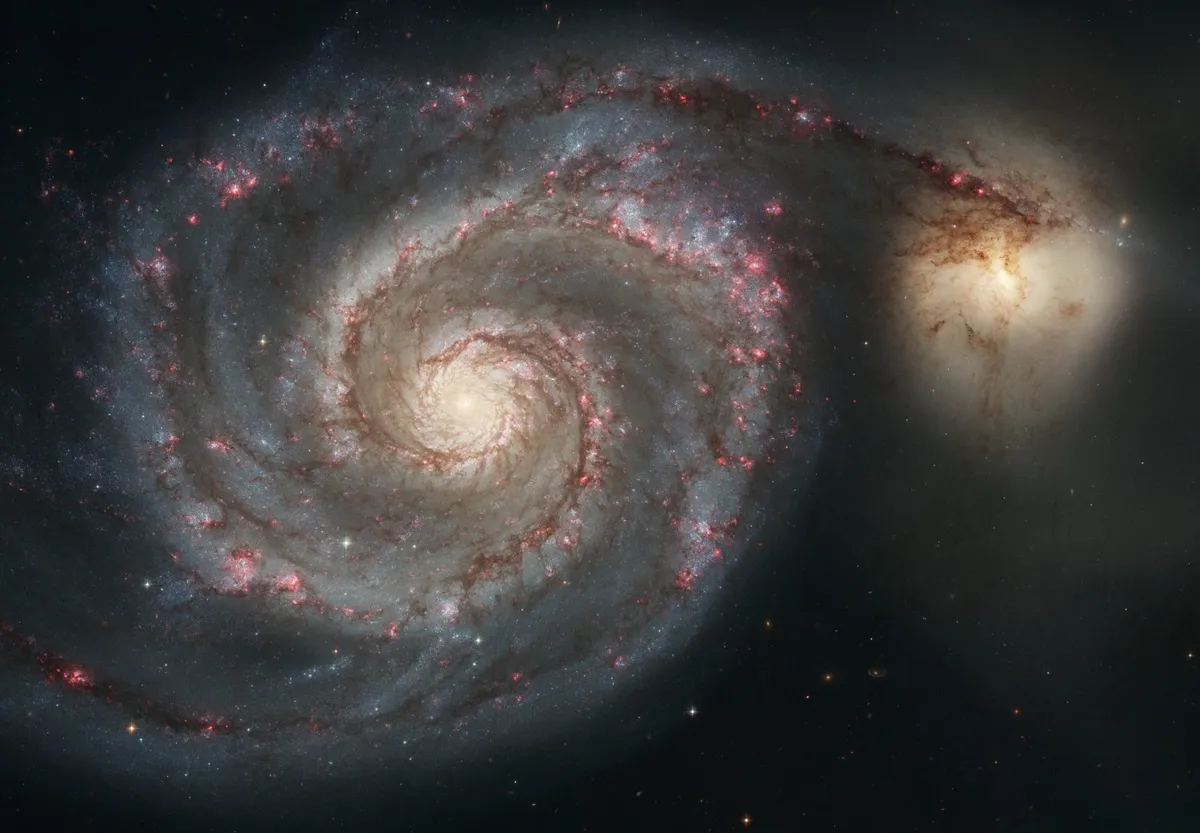
The Whirlpool Galaxy, M51, is one of the most iconic galaxies visible from Earth, and is certainly among the most recognisable. Its face-on appearance and gravitational interaction with dwarf galaxy NGC 5195 make for a dynamic, captivating image.
The Whirlpool Galaxy is 31 million lightyears from Earth and was most famously imaged by the Hubble Space Telescope. The Hubble image reveals its distinct spiral structure and populations of young, hot blue stars, and makes for an amazing image. This is one poster that begs to be framed and displayed prominently for all to see.
Hubble Ultra Deep Field
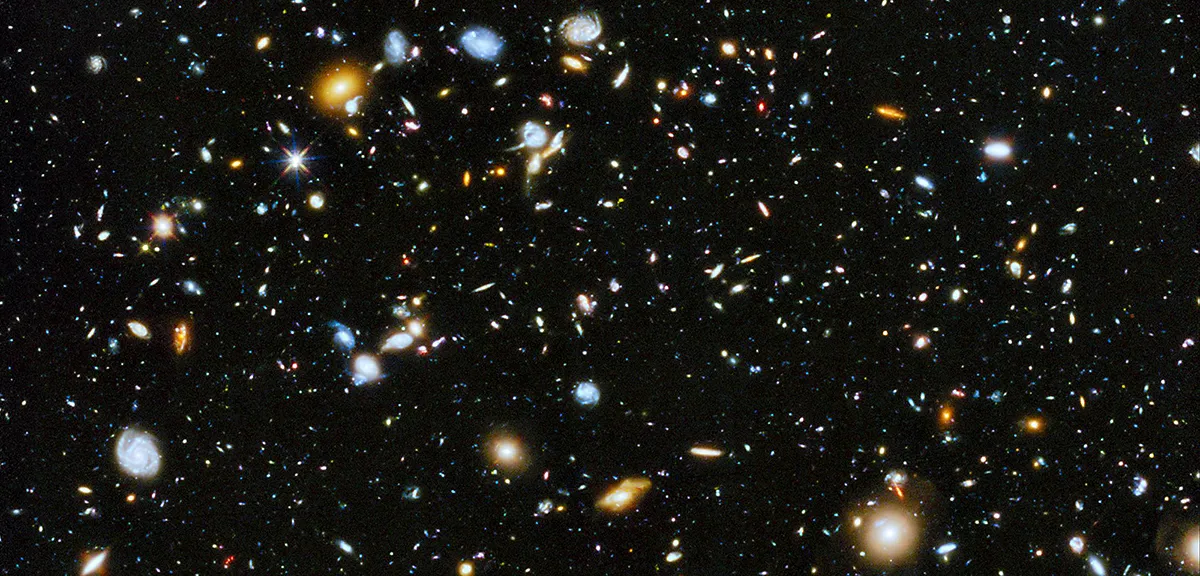
The Hubble Ultra Deep Field is perhaps one of the most mind-blowing images in astronomy. Captured by astronomers who wanted to push the Hubble Space Telescope’s observing powers to the limit, the image reveals a stunning sample of the deep Universe: a view stretching billions of lightyears and featuring nearly 10,000 galaxies.
Some space posters are immediate in their eye-catching beauty, while others are best suited to long, thoughtful contemplation. The Ultra Deep Field is firmly in the latter category, inviting the viewer to get lost in the enormity of the cosmos.
Apollo 8 Earthrise
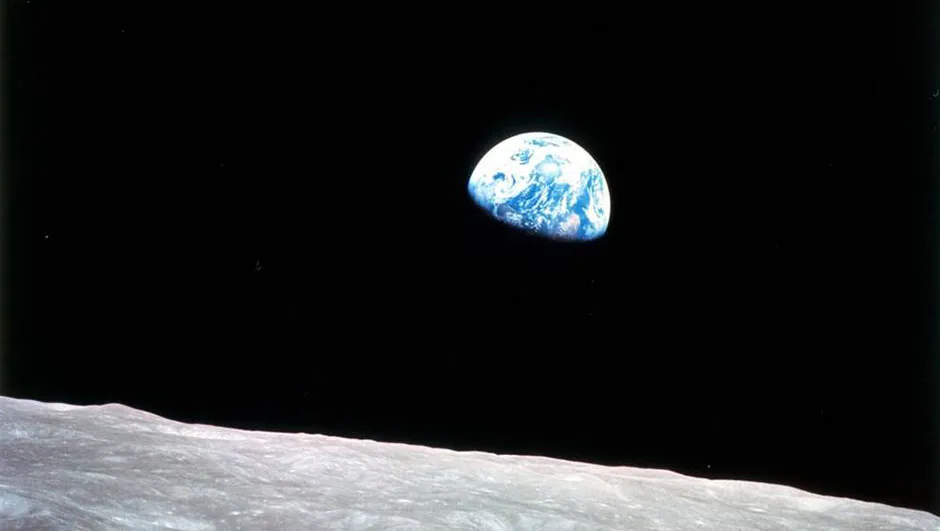
On 21 December 1968, three astronauts launched aboard a Saturn V rocket on a journey around the Moon. The Apollo 8 mission was one of many to prepare NASA, its Ground Control personnel and its astronauts for Apollo 11, when human feet set down on the surface of the Moon for the first time.
During Apollo 8, astronaut Bill Anders captured one of the most iconic images of the Space Race: a view of our home planet appearing beautifully bright yet fragile, a lonely world orbiting a single star in the vast ocean of the cosmos. They say the Apollo programme taught us as much about Earth as it did the Moon, and this famous image exemplifies that perfectly. As we contemplate the future of our planet, Anders’ image is perhaps more poignant than ever.
Pillars of creation

The Pillars of Creation is one of the most famous images ever captured by the Hubble Space Telescope. It shows a region deep within the Eagle Nebula (M16) where towering structures of cosmic gas and dust block out starlight, producing columns of darkness set against a backdrop of glowing gas.
The pillars might seem cold and lifeless, but the gas and dust they contain are the ingredients out of which new stars are born. Scorching hot stellar newborns emit powerful radiation that sculpts and carves the pillars.
Hubble first captured the Pillars of creation in 1995, but astronomers revisited it 2015 with a new image to celebrate 25 years since the space telescope's launch. It’s an iconic photo from what might be the greatest observatory ever built.
Bruce McCandless's untethered spacewalk
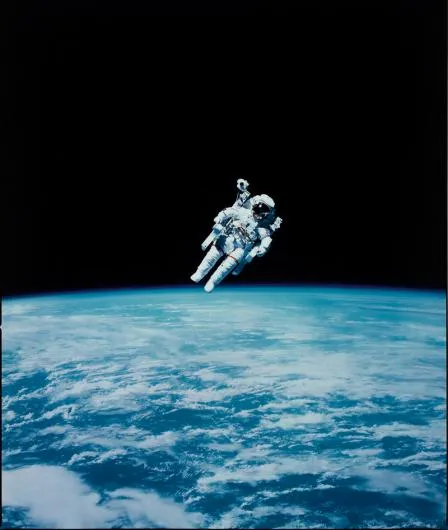
One of the most memorable moments of the Space Shuttle era was immortalised in this image, which shows astronaut Bruce McCandless floating untethered above planet Earth. McCandless was the first person to perform an untethered spacewalk, and he did so in 1984 during mission STS-41B, floating metres away from Space Shuttle Challenger. The extra vehicular activity was performed using a device that used nitrogen gas propulsion, controlled via the hand of the astronaut himself.
Bill Anders’ Apollo 8 Earthrise image may exemplify the fragility of our home planet, but perhaps this image of McCandless – snapped by his crew-mates from onboard the Shuttle – shows the fragility of the human body. This is one space poster that comes with a guaranteed ‘wow’ factor.
The black hole in M87
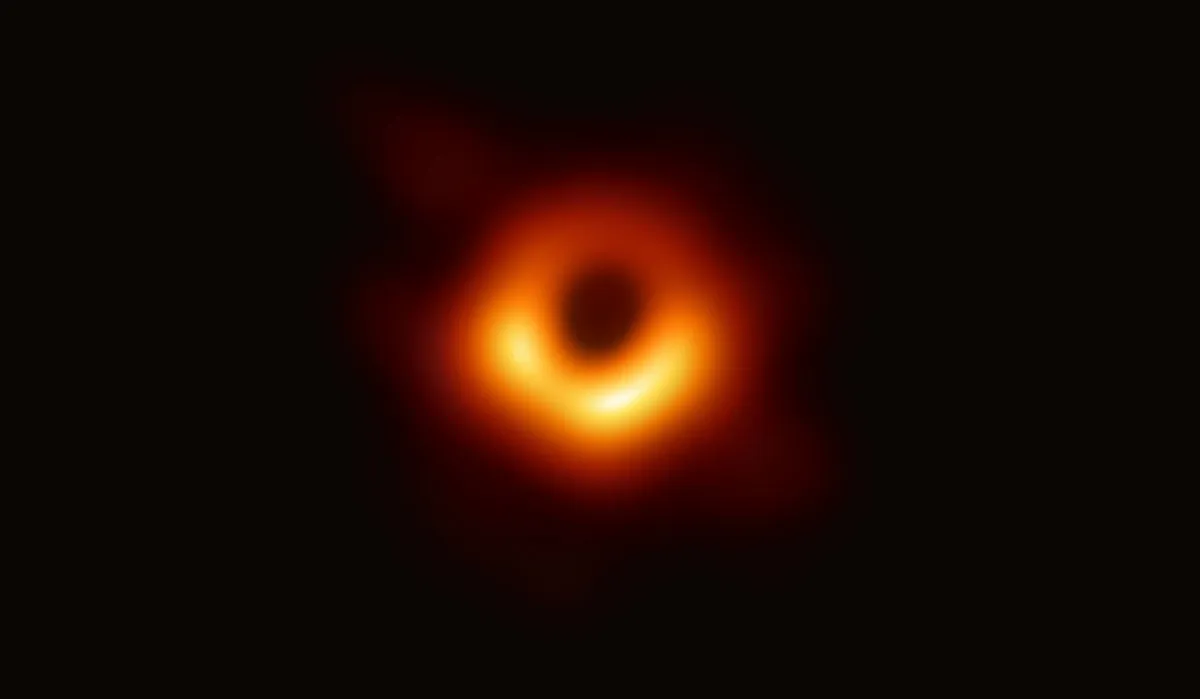
This image captures an historic moment. In April 2019, astronomers announced to the world that they had done the unimaginable: for the very first time, they had photographed a black hole.
The object in question is 6.5 million times as massive as the Sun and is located in galaxy M87, 55 million lightyears away.Theblack hole was imaged using a world-wide network of radio telescopes called the Event Horizon Telescope.
The orange ring in the image is distant light being magnified and bent around the mass of the black hole, adhering to the concept of gravitational lensing put forth in Einstein’s general theory of relativity. The dark circle in the middle is the black hole itself.
This is a startling image, and one that really crosses the boundary from cosmology into modern art. First-time viewers may be unaware what they’re looking at, but once the science is revealed, the overall impact is breathtaking.
Where to buy:
Buzz Aldrin on the Moon
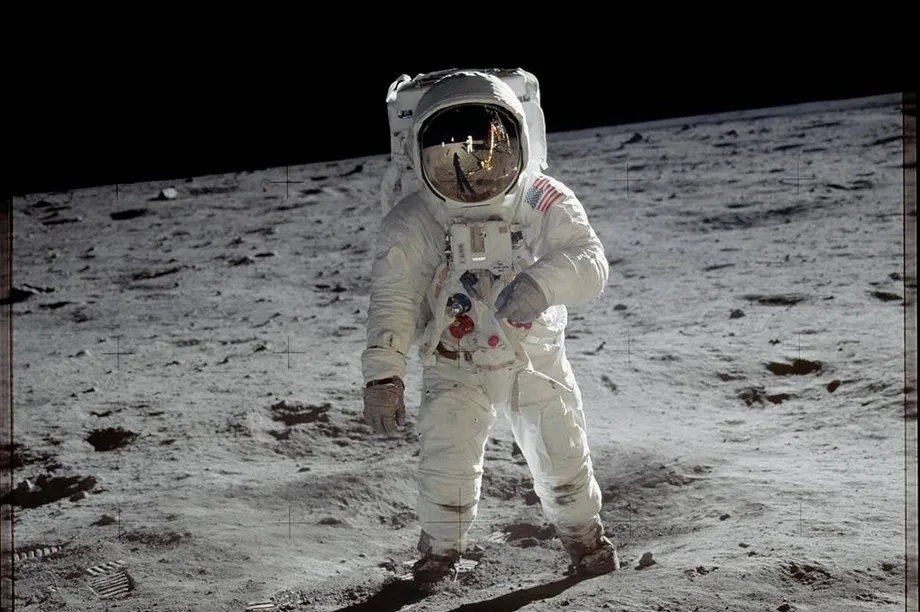
Apollo 11. The first time human feet set foot on a celestial body beyond Earth. It was the culmination of years of planning, preparation and, for the most part, the US being heavily outdone by the spacefaring achievements of the USSR (led by the brilliant rocket engineer Sergei Korolev).
This image of Buzz Aldrin standing on the surface of the Moon is possibly the most famous photo captured during the entirety of the Apollo programme – perhaps even throughout the 1960s. Aldrin described his view of the lunar surface as “magnificent desolation”, and this perfectly sums up the backdrop of this image.
But what really makes it are the small details: the footprints in the lunar dust; Neil Armstrong (who captured the photo) and the lunar lander reflected in Aldrin’s visor. As iconic images go, it doesn’t get much better than this.
Where to buy:
Griffith Observatory
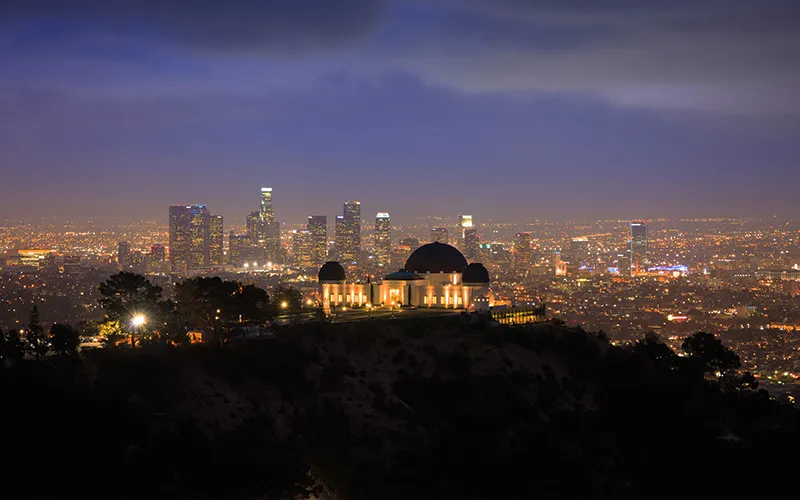
Griffith Observatory in Los Angeles is one of the most famous observatories in the world. When it was built in 1935 as a public outreach facility to bring the cosmos to the public, the cityscape must've looked entirely different. For one thing, the light pollution that drowns out the night sky above L.A. today would have been practically non-existent.
But although the built-up environment might not be ideal for deep-sky observing, the view of the Griffith dome set against the lights and towering blocks of the City of Angels makes for an amazing piece of astronomical art, juxtaposing the considered, scientific pursuit that is astronomy with the hustle and bustle of one of the world's most famous cities.
Where to buy: